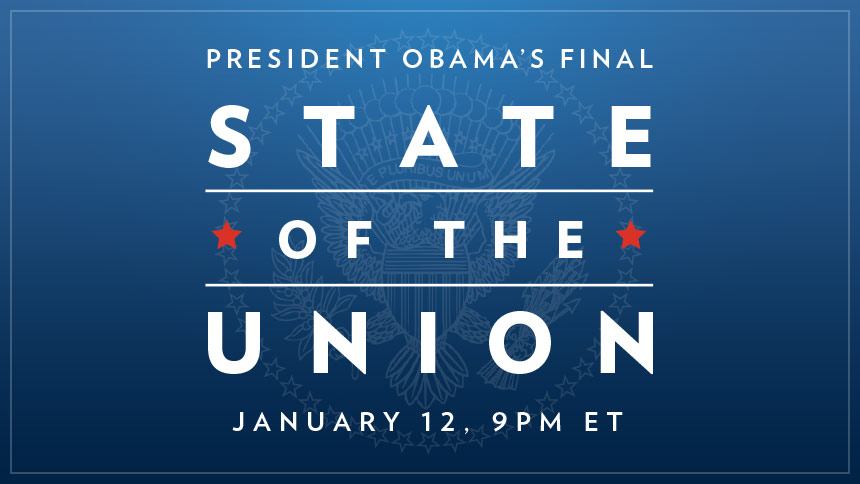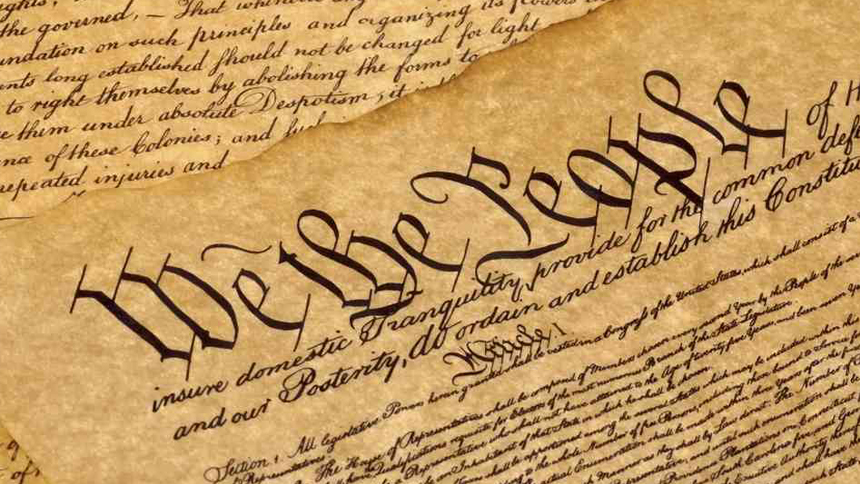
This is a cross-post from the USA.gov blog. The original post can be found here.
What is the value of a strong public health system? The answers are quite literally all around us: in the air we breathe, the water we drink, the food we eat, and the places where we live, learn, work and play.
Today marks the beginning of National Public Health Week, an annual celebration organized by the American Public Health Association every April. This year’s theme, “Public Health is ROI: Save Lives, Save Money,” highlights the return on investment, or ROI, that public health programs and services deliver in protecting our health and reducing medical costs from diseases that could be prevented.
Did you know that investing $10 per person each year in community-based public health activities could save more than $16 billion within five years? That’s $5.60 returned for every dollar invested. And that’s just the tip of the iceberg:
-
Routine childhood immunizations save $9.9 million in direct health care costs, save 33,000 lives and prevent 14 million cases of disease.
-
Every $1 invested in the nation’s poison center system saves $13.39 in medical costs and lost productivity, saving a total of more than $1.8 billion every year.
-
From 1991 to 2006, investments in HIV prevention averted more than 350,000 infections and saved more than $125 billion in medical costs.
-
The benefits of tobacco cessation programs nearly always outweigh the costs, with a benefits-to-cost ratio reaching more than $2.50 for every $1 invested.
-
Substance abuse treatment has an ROI of $4-7 for every $1 invested.
Lowering health care spending and curbing disease rates is possible — and opportunities to do so are all around us. But most people may not know what public health is and how it impacts their lives.
- becoming a partner and making a difference;
- attending or organizing events that promote value of public health and prevention; or
- driving the conversation at NPHW activities including the national prevention road tour and Twitter chat (follow along at #nphwchat).

